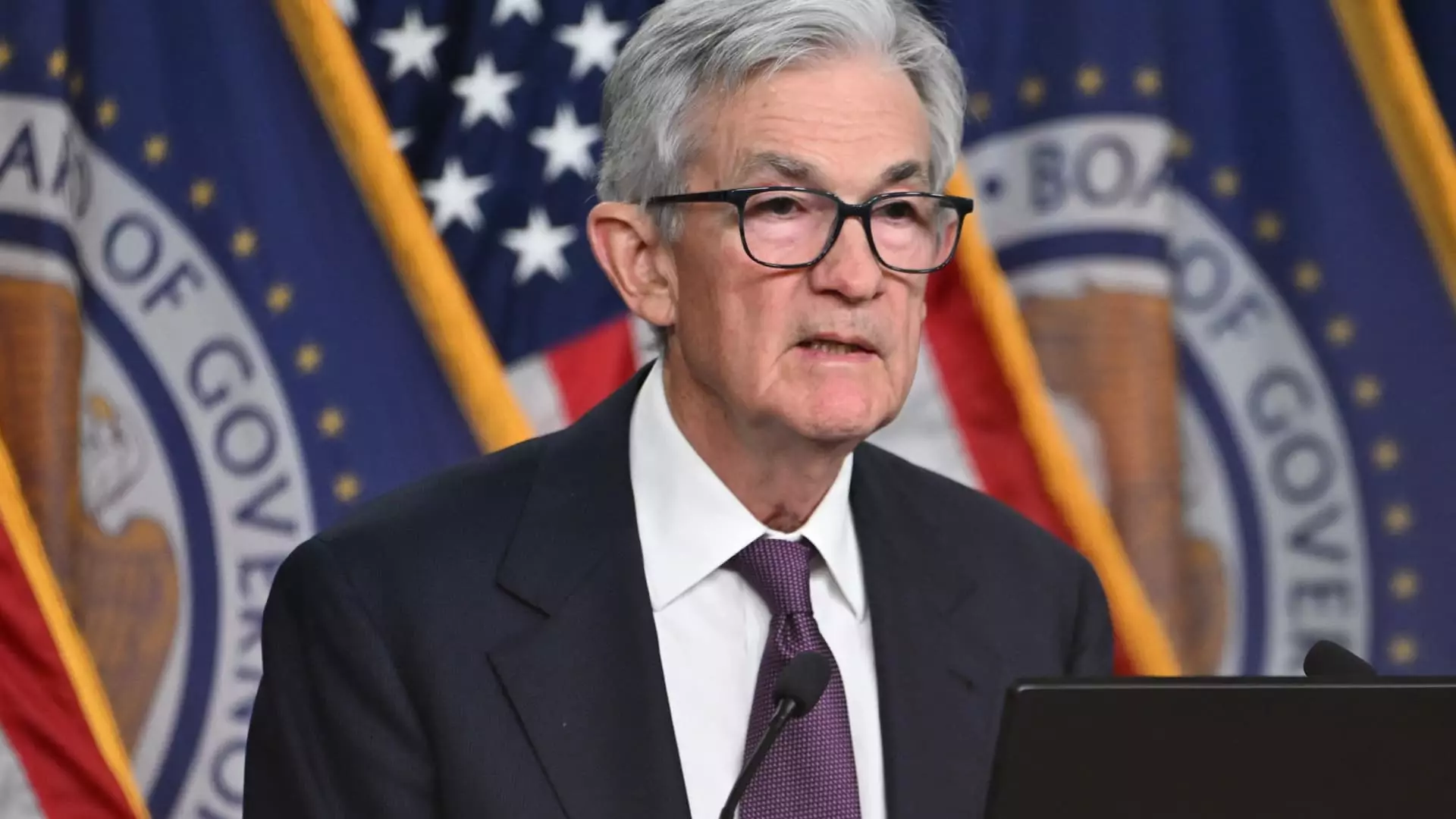The Federal Reserve plays a crucial role in shaping the economic landscape of the United States. Recently, the Fed made headlines by cutting its key interest rate for the third consecutive time, lowering it by a quarter percentage point. This decision has far-reaching implications not only for banks and financial markets but also for everyday consumers who rely on loans and credit. In this article, we will delve into the reasons behind the Fed’s decision, its anticipated effects, and what it suggests about the future direction of U.S. monetary policy.
On a Wednesday in late October 2023, the Federal Open Market Committee (FOMC) announced a reduction in the overnight borrowing rate to a target range of 4.25%-4.5%. This brings the rate back to where it was in December 2022 and represents a significant pivot in monetary policy strategy. The decisions made by the FOMC do not occur in a vacuum; they are responses to various economic indicators, and this latest cut comes amidst a backdrop of persistent inflation and stable economic growth.
Despite the rate reduction, the Fed acknowledged that inflation remains above the target level of 2%. The decision to ease monetary policy under these circumstances is somewhat counterintuitive, as central banks typically raise interest rates to tackle inflation. However, the central bank’s assessments indicate a need for a more nuanced approach given the complicated interplay of economic growth, inflation, and consumer behavior.
Chair Jerome Powell and the FOMC communicated that they plan to exercise caution in future rate adjustments. The FOMC’s “dot plot,” which outlines individual members’ expectations for future rate changes, suggested that only two additional rate cuts are anticipated in 2025. This stance is particularly telling, as it reflects a shift from previous projections that suggested a more aggressive approach to rate cuts.
While the recent cut indicates the Fed’s responsiveness to market conditions, it also implies that the committee is concerned about the potential consequences of too rapid a policy change. The Fed is aware of how interest rates set the tone for various forms of consumer debt, such as credit cards, mortgages, and auto loans. Yet, Powell emphasized: “Today was a closer call but we decided it was the right call,” indicating the delicate balance the committee must strike between growth and inflation control.
The immediate market reaction post-announcement was one of volatility. The Dow Jones Industrial Average experienced a sharp decline, losing over 1,100 points, while Treasury yields surged. These seemingly contradictory movements underscore market skepticism about the effectiveness of rate cuts in stimulating growth or controlling inflation. Futures pricing indicated a recalibration of market expectations regarding future rate cuts, somewhat reflecting doubts about the Fed’s trajectory.
Interestingly, while the Fed revised its GDP growth projection for 2024 upward to 2.5%, they anticipate a slowdown in subsequent years. This forecast underscores a cautionary approach; the committee is wary of overestimating growth dynamics while grappling with inflation levels that exceed their target. Additionally, the committee’s expectation for a lower unemployment rate to 4.2% reflects confidence in the labor market while being mindful that inflation could rise further.
In his comments, Powell highlighted the need for a careful assessment of economic conditions moving forward. The looming influence of fiscal policies under the incoming administration poses another layer of uncertainty for the Fed. With potential changes in tariffs and tax policies, the Fed must remain agile, capable of intervening without overreaching.
Powell’s remarks point to a broader understanding that the economy’s current condition necessitates a less restrictive monetary stance. There is a need to maintain a level of flexibility to respond to unforeseen economic challenges. Given the complexities of the global economy and the interconnectedness of such policies with the Fed’s decision-making, it seems prudent to adopt a more cautious and measured path going forward.
The Federal Reserve’s recent decision to lower interest rates can be understood as part of a long-term strategy to navigate a complex economic landscape characterized by inflation, growth, and evolving fiscal policies. As the committee anticipates only a few rate cuts in the years to come, it reflects a broader recognition of the intricate balancing act involved in steering the economy. Observers of economic policy should brace for ongoing adjustments as new data emerges and geopolitical factors evolve. Ultimately, the Fed’s actions will play a pivotal role in shaping both market confidence and consumer behavior in the months and years ahead.

